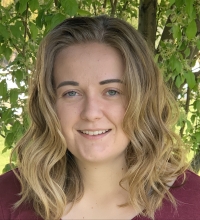The Sacramento-San Joaquin Delta (Delta) is an important ecosystem but fish populations are declining. One way to improve the Delta is to restore wetlands, which are areas of marshland. This study investigated how restoring wetlands can improve the food chain for fish.
Restoring wetlands can impact the tiny food particles that float in the water. These particles are like food for even tinier creatures like zooplankton, which are then eaten by fish. The study wanted to see if restored wetlands would release more of these good food particles.
To do this, samples were collected of floating food particles from different parts of the Delta, including some restored wetlands. The DNA from these particle samples were then analyzed to see what plants they came from. A special kind of molecule called lignin was also looked at, which comes from plants and can help scientists identify the source of the food particles.
The study found that some types of plants, especially invasive ones, are harder to track as a source of food particles because their lignin signatures are more variable. This means more information is needed about the plants in the Delta to accurately figure out where the food particles are coming from.
Overall, this study helped researchers understand how wetland restoration can affect the food web in the Delta. This information will be important for designing future restoration projects that create the most food for fish and other organisms.
 Madison Mathers
Madison Mathers